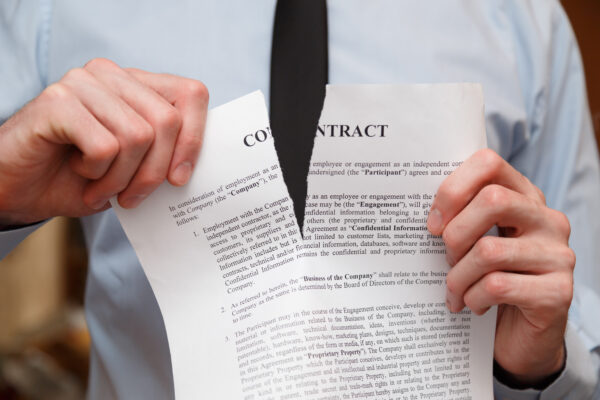By Corbin Carson | KTAR
An Arizona State University professor said it was important people learn to tell the difference between an article they don’t like and actual fake news.
“Fake news is information that is 100 percent wrong,” Eric Newton, the innovation chief at ASU’s Walter Cronkite School of Journalism And Mass Communication, said. “News or information that is deliberately designed to deceive you –‘fake’ means absolutely fake.”
Newton said news articles that may not match your viewpoint differ from sites working to deceive readers.
“We’re not talking about journalistic mistakes or spin,” he said.
Newton said actual news outlets and fake news sites have two different intentions.
“Those are two different missions,” he said. “Good journalism is on one side of it and fake news is on the other side.”
Newton said fake news is designed to make the reader believe that something that did not happen actually occurred, but there are ways to avoid being taken for a ride:
 First, calm down
First, calm down
“Take a minute to read the story all the way through before you share it,” he said. “The only success that fake news has is when it gets circulated wildly or virally.”
Check out the website
The second thing you can do is to look at the the website’s address, Newton said.
For example, ABC.com.co is a popular site used to spread fake news because it resembles the actual website of ABC News.
However, the final .co in the URL indicated the website was actually based in Colombia, not the United States. The real ABC News was based in New York City.
Fake news websites can make a story seem as if it came from other major media outlets, such as Fox, CNN or even KTAR News.
Follow the photo
If there was a picture in a new story, it was searchable on Google. Running a Google image search would show other sites or stories that include that photo.
If there’s a picture, people can also do a Google image search and see all the places that picture has been, to verify its use with the current story.
Keep emotion in check
Use common sense when surfing, Newton said. If a story makes you happy or mad, that could be a red flag.
“If something’s just ‘Oh my god, I knew it, I knew it,’ it’s designed to hit a high emotion,” he said. “If you’re reacting strongly emotionally … common sense says ‘hold on a second.’”
Credibility is key
Great journalism depends on credibility.
“You’ll never see a fake news purveyor run a correction,” Newton said.











